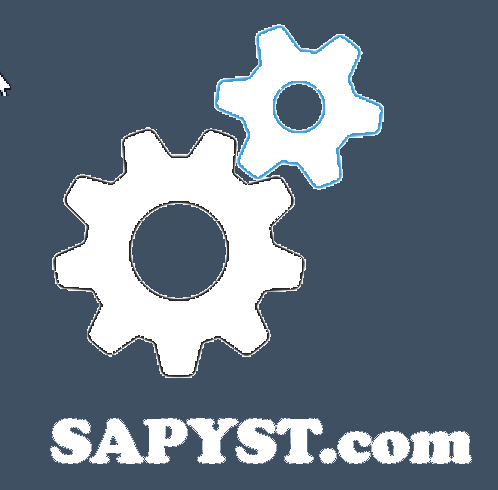There are specific industries for which, due to their complexity, the standard SAP ERP cannot cover their requirements.
In order to adapt SAP ERP to their requirements, SAP AG has added the functionality AFS (SAP Apparel and Footwear).
This functionality is built over the standard SAP ERP, reason why most of its transactions won’t change. In this post and the next one, we will see the main additional functions this solution provides, especially in the area of Logistics and Manufacturing.
-
- MATERIAL MASTER
- Fashion market demands the launch of new and different articles in very short time spans, requiring, therefore, the maintenance of a high number of different Finished Products. But, in addition to that, for each model, it is necessary to specify the different sizes, colors, or other characteristics.
On the one hand, it is neccesary to specify all these characteristics for the Materials managed in stock (called SKUs – Stock Keeping Units).
-
- Furthermore, the same model can be a bit different depending on different characteristics. For instance, it is common to have different quality standards for the same model or differentiate them depending on the source country.
To manage this requirement, in SAP AFS the concept of Categories has been introduced.
When a Planned Independent Requirement or a Sales Order is entered into the system, it is necessary to enter its Category. And, through the Cover Strategy, this Requirement Category allows selecting the Stock Category with which it must be provided.
-
- Finally, another new functionality offered in this solution is the existence of Seasons.


Recent Comments